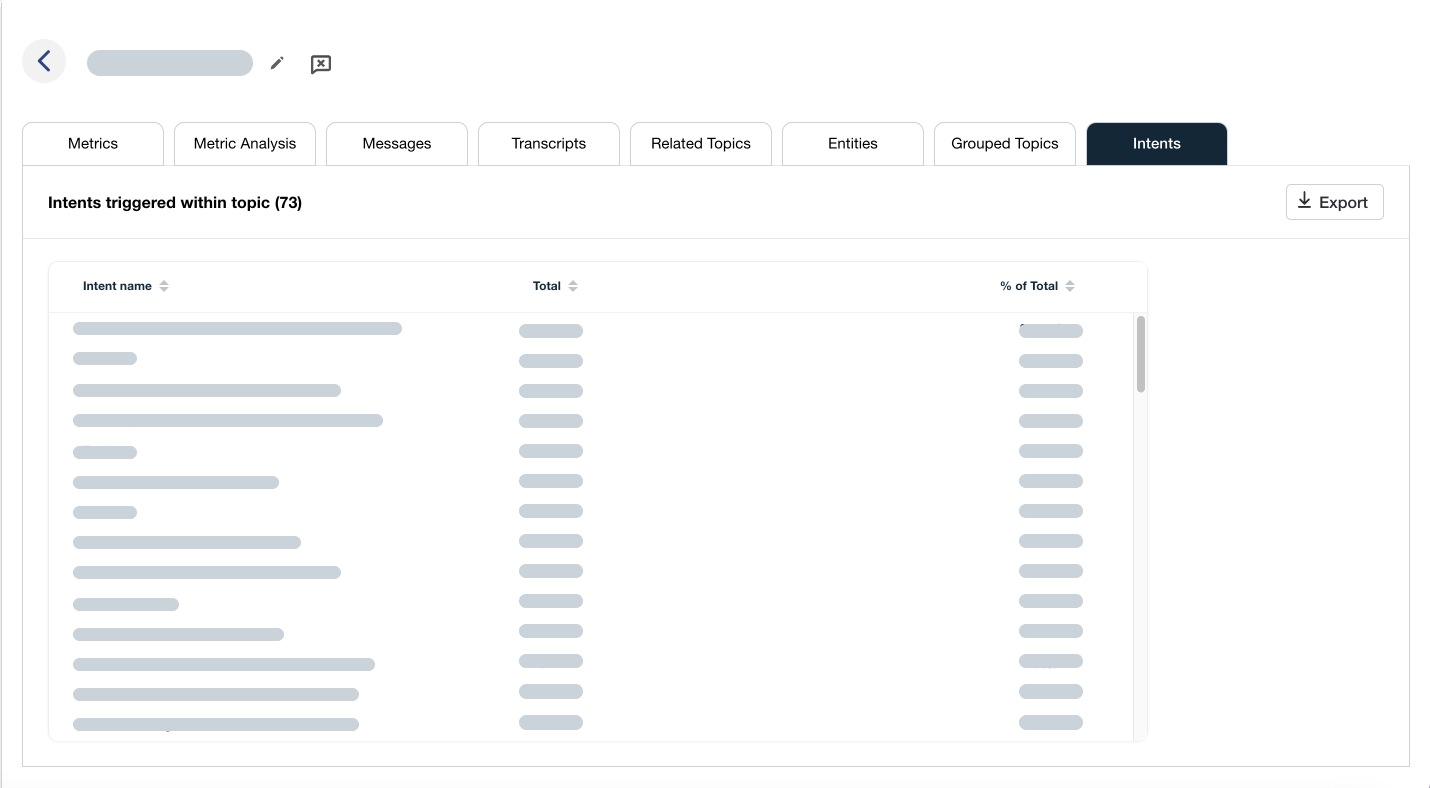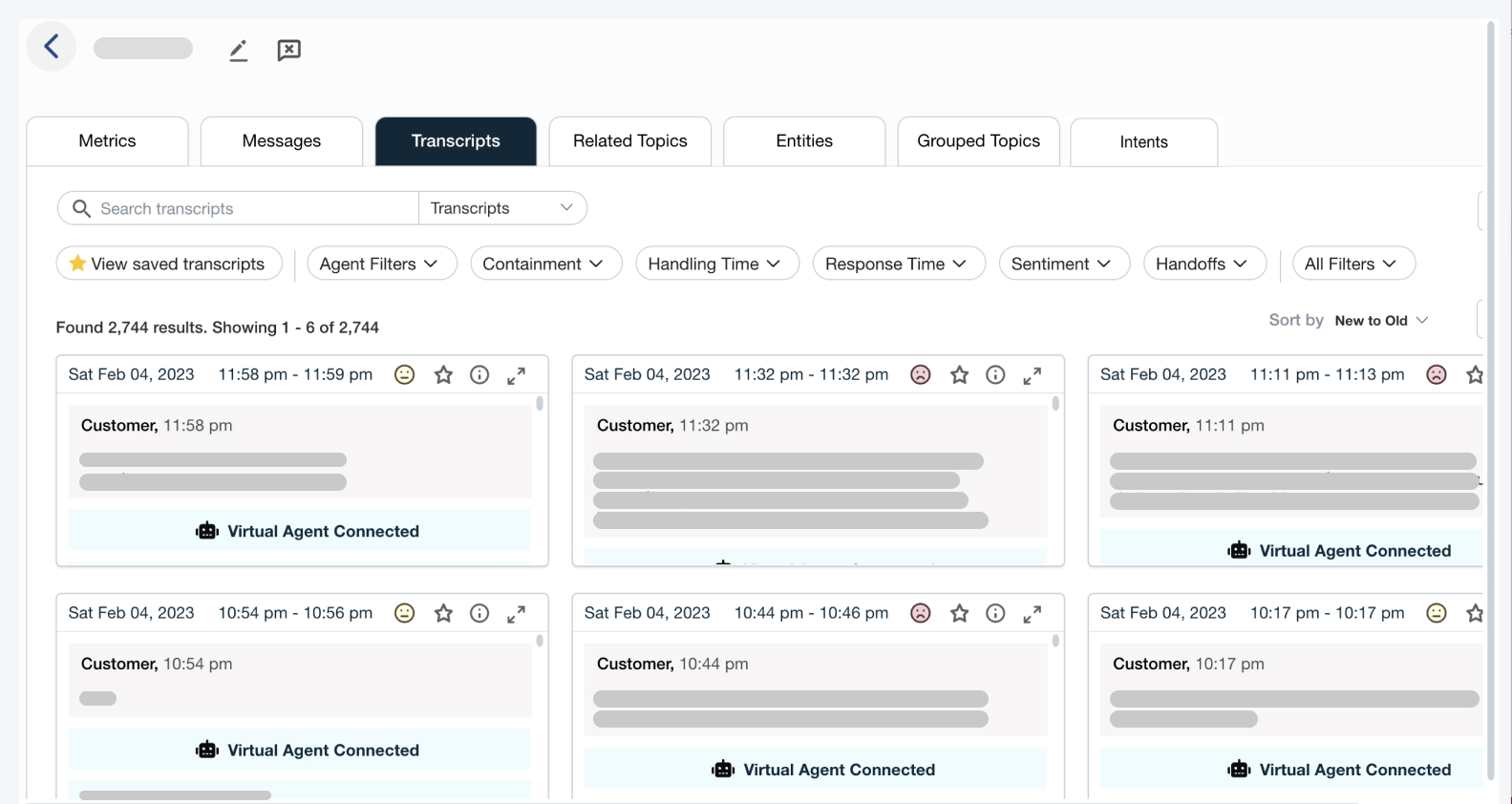Out with the old, in with the new – 5 old habits to consign to history
Out with the old, in with the new – 5 old habits to consign to history

According to Jeremy Hamill-Keays, old habits are hard to break and the use of technology is no different. Here, he recommends 5 approaches to contact center management that can be consigned to history.
Innovation is everywhere and it can seem as if we’re constantly encouraged to take on more and more technology to lower costs, improve customer satisfaction and increase market share; the list is endless. However, has anyone actually stopped, looked around and considered if and how this new technology can replace what is already there? It’s a bit like buying new furniture or the latest fashions without getting rid of the old. Sooner or later, you just end up with clutter rather than a fresh start. The same applies to running a contact center. Instead of making your operation more productive, maybe too much old technology is weighing it down and preventing your organization from reaching its full potential.
It’s the start of a new year so what better time to de-clutter and throw out the old? Here we explore five practices that are worth assigning to history:
1. Who needs ACDs?
ACDs, the traditional foundation of the contact center, are still a useful tool but they need to adapt to modern environments and customer needs. Voice-only ACDs may soon become a thing of the past, being replaced by fully-integrated enquiry distribution including multiple media channels. As alternative channels such as Web chat and social media become more commonplace, multi-media ACDs will provide a more integrated experience for agents and an improved omnichannel service for customers. Greater integration allows for easier reporting and comparisons – always a bonus.
Similarly, combining a multi-media ACD with other cloud-based applications, such as WFM software, allows for easily accessible data in real time 24/7, the ability to scale up and down user numbers instantly and add new features automatically all result in more time to spend on delivering an outstanding customer experience. What is more, a pay-as-you-go cloud business model means you pay only for what you use.
2. Time to ditch fixed-pattern spreadsheets and embrace responsive automation
There’s no doubt about it, people like spreadsheets because of the comfort factor. They give everyone their own version of the truth, with complete authority to update and amend their spreadsheets when they like, without interference from anyone else. The downside to spreadsheets is they bear no relevance to what is happening outside a user’s immediate department and being manual, are often out of date and inaccurate.
The very nature of spreadsheets tends to make them inflexible and personal to their creator. This can leave a contact center high and dry when that individual moves on. Any manual workings and knowledge walks out with the creator, often making changes such as adding a new skill, difficult and time consuming for those remaining.
Automated planning is definitely the way forward with the latest WFM solutions enabling clear visibility of agent activities, increased efficiencies and the ability to capture and manage big data.
Take the example of Rentalcars.com, the world’s biggest online car rental service. It produces effective, flexible work schedules for over 800 people and manages seasonal peaks and troughs from one single, automated solution. FEXCO, Ireland’s most successful multinational financial and business solutions provider with operations in 29 countries turned to automation to improve agent scheduling and adherence for 460 contact center staff and introduce smarter, consistent ways of working.
3. A whole new world of learning – say goodbye to irrelevant training sessions
The days of traditional classroom learning where the whole team sat conference-style listening to the trainer will soon be a thing of the past. Thanks to Intraday monitoring capabilities, often embedded in today’s WFM technology, contact center leaders can see how the day ahead looks and when time will be available for training. Understanding agent competences and utilization allows targeted training to address specific skills gaps either in individuals or workgroups.
WFM technology with intraday monitoring identifies periods in the day when staff can be safely withdrawn from the front line to receive either face-to-face training or undertake e-learning without risking service levels. People should be enabled to learn in a way that suits them best, for example some people prefer video learning while others respond better to text instruction. Contact center leaders can continue to train by sending novel “knowledge nudges” for quick updates and tips. Whatever the method of tuition, better skills means happier staff as well as better resolution rates and sales conversations.
4. Tear down paper-based, fixed schedules from notice boards
Today’s workforce (especially millennials) want schedules to be constantly available i.e. just a phone swipe or search away. Whether on a bus or at home, contact center professionals want to stay updated; especially as schedules are continually changing. Paper rotas pinned on a board quickly becomes outdated leaving people misinformed. A mobile application also helps raise adherence and time-keeping, how can an agent be on time for an 8am start if they didn’t know it had been switched from 9.30am? Looking forward, native, push notifications from self-service mobile apps will drive this awareness and ease the connection between work life balance and customer satisfaction
5. Supervision is out, coaching is in
To understand why supervision will become an old habit it is important to realize the difference between supervision and coaching. Supervision tends to be about telling and directing people for a specific outcome i.e. when to go on a break to maintain service levels. It usually produces the best results with new recruits or when demand goes crazy. However, coaching works best with experienced agents who are already performing to a pretty high level. All management is about providing people with the environment and skills to excel, now is the time to work with contact center professionals rather than oversee them by building valuable, engaging relationships.
It’s time to clear out the old and focus on the new. Take a closer look at your own contact center technology and processes. What can you throw away? Is your faith in hardware, spreadsheets and traditional learning methods weighing you down? Is clinging to what worked in the past holding you back from realizing your organization’s full potential? Look again to discover whether it’s time to embrace the cloud, responsive automation, a new world of learning, self-service applications and updated coaching to improve agent skills, increase productivity and save money in 2018.









